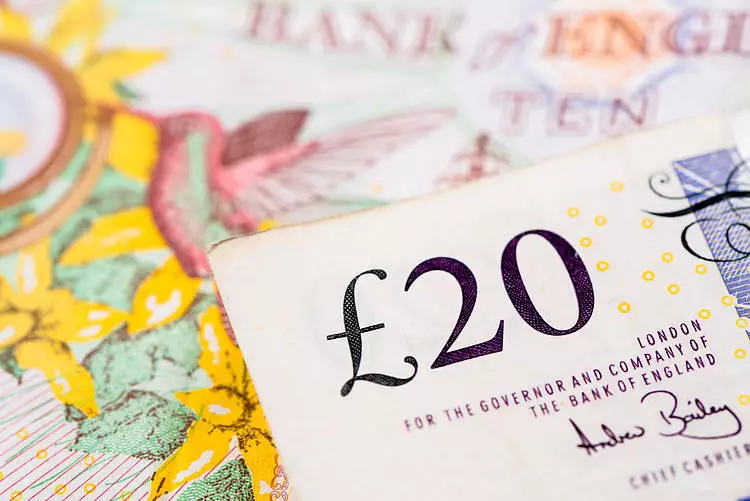As the US election season kicks off, financial markets are bracing for potential volatility, particularly regarding the exchange rate of the Pound Sterling against the US Dollar. Observers have noted a cautious rise in the value of the Pound as investors weigh the implications of upcoming monetary policy announcements from both the Federal Reserve (Fed) and the Bank of England (BoE). The interconnectedness of political events and market behavior underscores the sensitivity of currencies to broader governance landscapes.
The anticipation of pivotal interest rate decisions adds another layer of complexity. On Thursday, the BoE is expected to lower interest rates by 25 basis points to 4.75%, marking the second reduction this year. Such moves by central banks often result in immediate market reactions as traders position themselves based on expected changes in capital costs and inflation trajectories. As of now, the GBP/USD pair is trading around 1.2980, slightly improving but remaining under pressure, especially with the looming uncertainty related to US elections.
The forthcoming BoE meeting is particularly significant as market participants are also digesting the ramifications of the recent UK budget announcements. Chancellor of the Exchequer Rachel Reeves revealed a fiscal plan deemed both pro-growth and capable of exerting upward pressure on inflation. Analysis from the Office for Business Responsibility (OBR) supports this duality, suggesting that managing inflation expectations becomes crucial in times of shifting monetary policy.
The Monetary Policy Committee (MPC) is likely divided, with several members advocating for a reduction in rates while a minority, including external member Catherine Mann, appears inclined to maintain current levels. Mann’s recent comments at an International Monetary Fund (IMF) panel discussion reflect her cautious stance, underscoring the necessity for additional economic cooling before considering any cuts. Her insights reveal the delicate balance policymakers must strike between fostering economic growth and curbing inflationary pressures.
From a technical standpoint, the GBP/USD has displayed mixed signals. Currently consolidating within Monday’s trading range, it is evident that the pair is struggling to gain upward momentum as it nears the critical 50-day exponential moving average (EMA) at 1.3060. Below this level, a significant support line exists at 1.2850, tied to the 200-day EMA, which may provide a cushion for the Pound traders should the market face a bearish swing.
Interestingly, the 14-day Relative Strength Index (RSI) remains above the 40.00 threshold, indicating some level of buying interest. However, traders are cautious; a decisive breach of the rising channel boundaries could precipitate further declines. The round-number support at 1.2800 is an area to watch, as breaking through this level could encourage additional bearish sentiment among market players.
Shifting focus to the US, the Fed’s decision-making process continues to be pivotal for international currency markets. Ostensibly, the Fed’s main objectives are twofold: achieving stable inflation around 2% and promoting sustainable employment levels. Its interest rate adjustments are the central mechanisms for controlling economic activity and influencing capital distributions worldwide.
When the Fed opts for an interest rate hike, the dollar typically appreciates, driven by increased foreign investments seeking higher returns. Conversely, a rate cut can diminish the dollar’s attractiveness, encouraging capital outflows toward other nations with elevated yield potentials. Traders will watch the tone and language of the Federal Open Market Committee (FOMC) statements closely for hints on future policy directions.
The currency markets are navigating through uncertain waters as the US election unfolds, compounded by critical monetary policy decisions from significant central banks. The Pound Sterling’s movements against the US Dollar reflect wider economic conditions and investor sentiment regarding inflation and growth prospects. As traders refine their strategies amid these shifting dynamics, it is clear that both political events and monetary policies will continue to dictate the fortunes of major currencies like the Pound and Dollar. The next few days will be instrumental in determining the path for the GBP/USD as investors prepare for potential outcomes in the ever-evolving landscape of global finance.


Leave a Reply